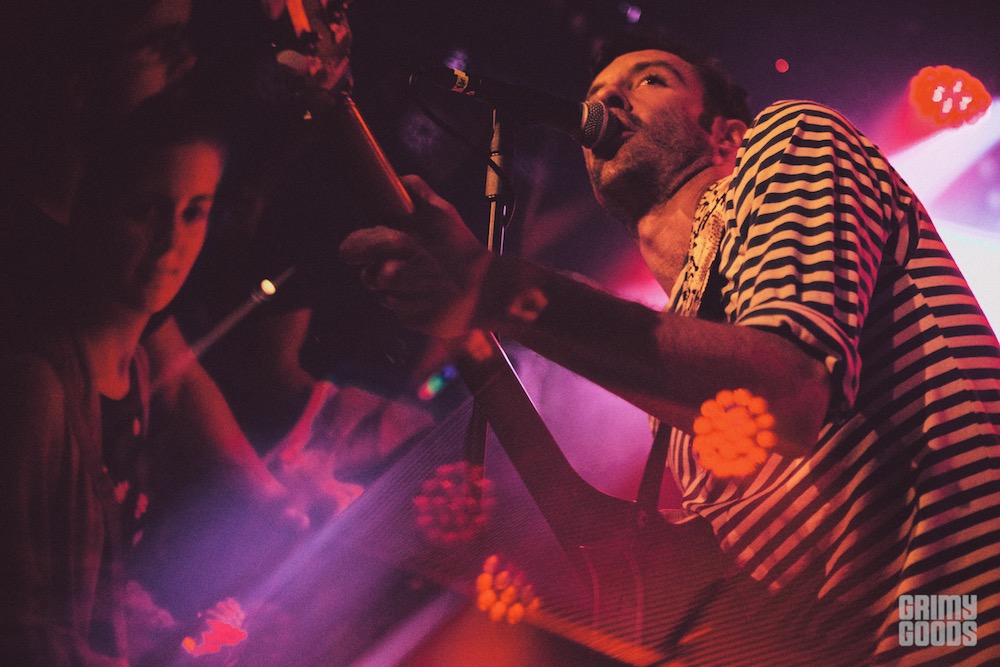Behind the Mic: Moonlit Mayhem
Just like the moon’s gravitational pull causes the rise and fall of ocean tides, Moonlit Mayhem aims to create similar passion-filled sound waves. Mario Sutka is the host of Moonlit Mayhem, which airs Thursdays from 10 p.m. to midnight. The music show, now on its fourth season, is free-flowing and listeners never know what they’re […]




